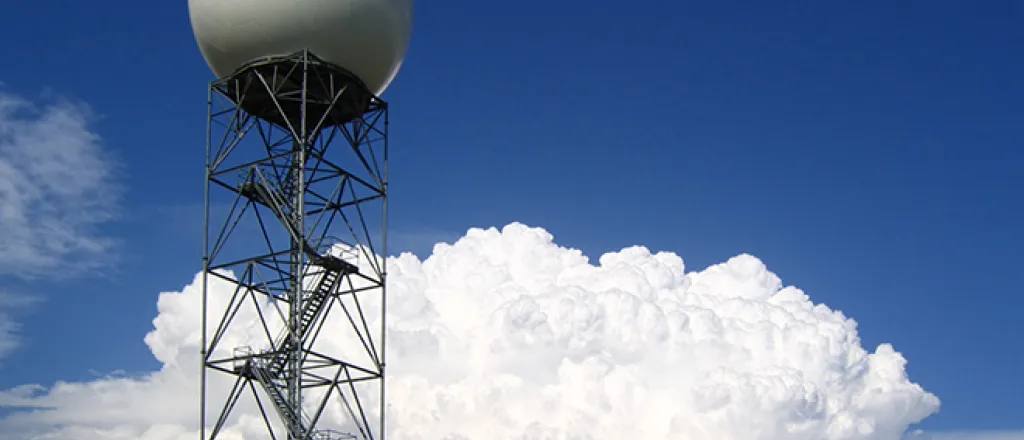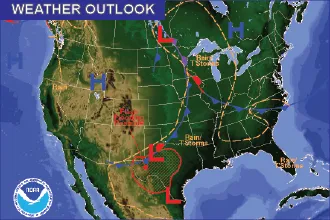
Cooler temperatures, rain expected Sunday - high flood risk for the eastern plains
After several days of temperatures at or above 100 degrees, highs in the mid- to upper 80s and low 90s can be expected across eastern Colorado Sunday, along with a risk of severe thunderstorms and flash flooding.
Storms are predicted to begin over mountain areas later in the morning, spreading to the plains by midafternoon. Wind gusts up to 60 miles per hour are possible, along with hail up to one inch hail and heavy rain, as well as the potential for flooding. Fire burn scars from recent years are at particular risk for flooding. The Cameron Peak and East Troublesome burn scars in northern Colorado pose a significant flooding concern between 2:00 and 6:00 p.m. Sunday.
The most notable risk of severe weather is north of Highway 50 in southeast Colorado. Where storms do occur, rainfall rates could be as high as 2-3 inches per hour.
The 24-hour precipitation forecast shows the greatest precipitation is expected in Lincoln County southwest of Flagler, where up to two inches of rain is expected. More than an inch is predicted for an area that includes portions of Washington, Lincoln, Kit Carson, Cheyenne, and Kiowa counties. Those counties, along with parts of Yuma and Prowers counties, have been given a high risk rating by ColoradoFloodThreat.com in the Sunday morning update.
The National Weather Service has issued flash flood watches in mountain areas along with the northeast and east central plains. In the mountains, watches take effect at 11:00 a.m., while watches on the plains begin at 3:00 p.m. Both sets of watches are expected to continue until midnight Sunday.
Any rain could provide welcome relief for drought conditions on the eastern plains, where moderate to extreme drought has continued for months. Extreme and exceptional drought, the two worst categories, have receded significantly in recent weeks for Las Animas and Baca counties, while a new area of extreme drought has entered Philips, Sedgwick, Yuma, Logan and Weld counties during July.
The NWS cautions people remain alert, and be ready to take action if a flash flood warning is issued, and to avoid driving on flooded roads. Mere inches of flowing water is enough to sweep away vehicles, resulting in serious injuries and potential for drowning.

















